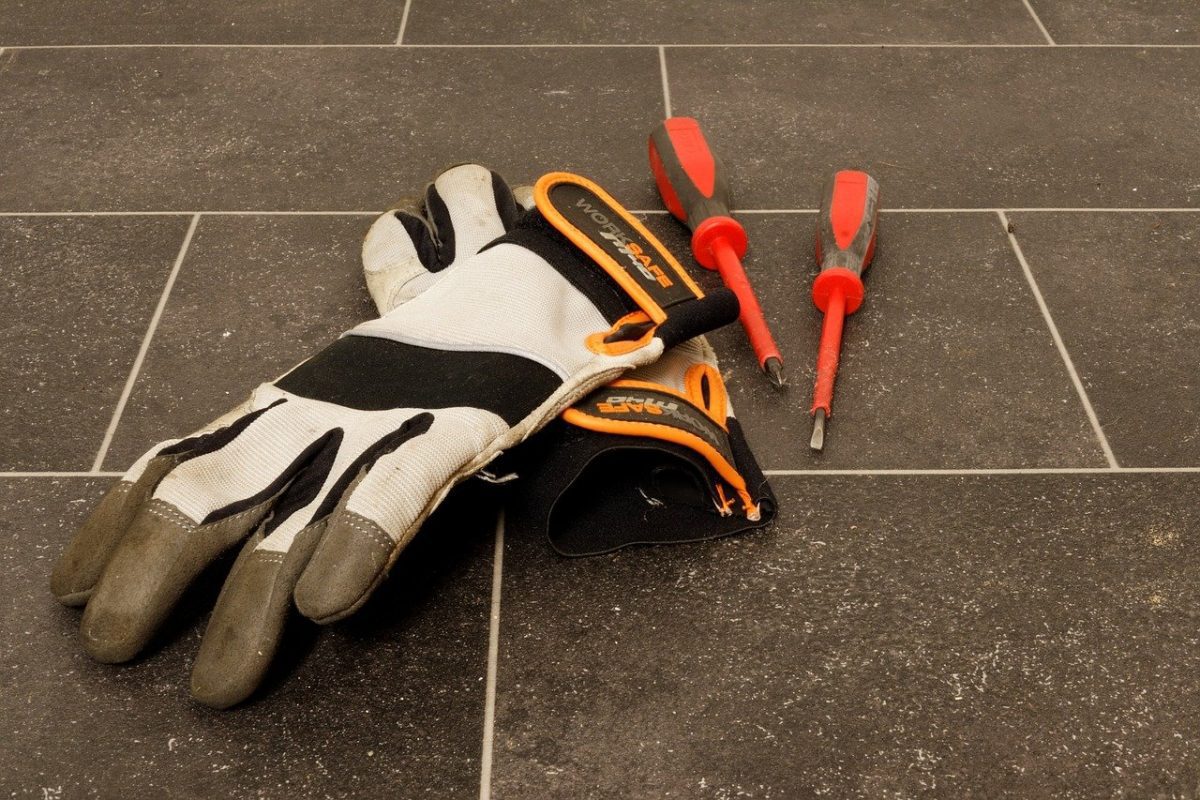Occupational health risks: There are so many reasons why millions of people get hurt at work around the world every year.
But did you know that occupational health risks come in all shapes and sizes depending on the workplace, the company culture, and the kind of work that’s being done?
In this article, we are going to address some of the most common occupational health risks out there and what you can do to avoid experiencing them yourself. It always makes sense to protect yourself as much as possible in the workplace, so read on to find out more about doing so.
Report Safety Concerns as They Arise
When you notice something that’s not quite right in the workplace and you feel it might pose some sort of safety threat, it’s best to play things safe and just report it. Hopefully, your employer will have some sort of chain of command in place for how these problems can be reported. If that’s not the case, you should make all of the relevant people aware of what’s going wrong. Reporting and sorting out fixes early is vital.
Keep Communication and Collaboration Strong
It’s important to keep things strong when it comes to communication in the workplace. When people are not sharing information properly, it can lead to miscommunication and mistakes being made, and sometimes they can impact people’s health and safety very negatively. And that’s not what anyone wants. When people are working together and sharing information openly, it makes everyone safer as they go about their jobs from day to day. It’s something that all teams can work on getting better at.
Wear the Right PPE
You definitely need to make sure that you’re wearing the right PPE for the job ahead. There are all different kinds of PPE from face masks to earplugs and heavy boots. There are so many different types of PPE that are specific to job niches as well. Be sure to understand the kind you should be using and stay as safe as possible. If you don’t know what’s required, simply do some of your own research.
Get Your Posture and Sitting Position Right
If you do any office job, that doesn’t mean that you’re free from occupational hazards. There are so many different health hazards you can face in the office, especially when it’s not in the best shape. Be sure to get your posture in check when you’re simply sitting at your desk at work. It’ll have such a big difference on how you feel and how often you experience those frustrating aches and pains.
Understand the Risks Associated with the Things You Use Each Day at Work
There are lots of different risks that people face, and they’re often dependent on the various things that people use at work, whether that’s the machinery used or the particular products they use. You can learn more about the Paraquat lawsuit at rosenfeldinjurylawyers.com and how people suffered serious illness because of a product they were using and how they sought compensation for it later. You should always understand these risks if possible so you can afford to have your health damaged, to begin with.
Try to Manage Your Stress Levels
It’s not easy to stay stress-free in any work environment. But what we do know is that it’s vital to try to keep your stress levels in check, – as stress is one of the problems most commonly experienced in just about every type of workplace that can escalate into serious problems. When people are overworked and stretched, they tend to feel stressed and that can lead to plenty of other knock-on consequences for their mental and physical health. That’s why you should do whatever you possibly can to manage your stress levels properly and not let them get out of control.
Get Your Eyes Tested Regularly
Finally, you should make sure that you’re staying on top of your eye health and your eyesight. When you’re doing a job that involves sitting at a screen and staring at it all day, it’s going to eventually take its toll on your eyes if you’re not careful. Taking breaks is one of the key ways in which you can minimize this. You should get your eyesight tested regularly so you can have your glasses prescription updated as and when necessary.
As you can see, there are a lot of occupational health and safety risks out there, and it’s up to you, your team, and your employer to make sure that these risks are mitigated. Be sure to address any of the issues raised above if you think they might apply to your own health and safety in the workplace.

